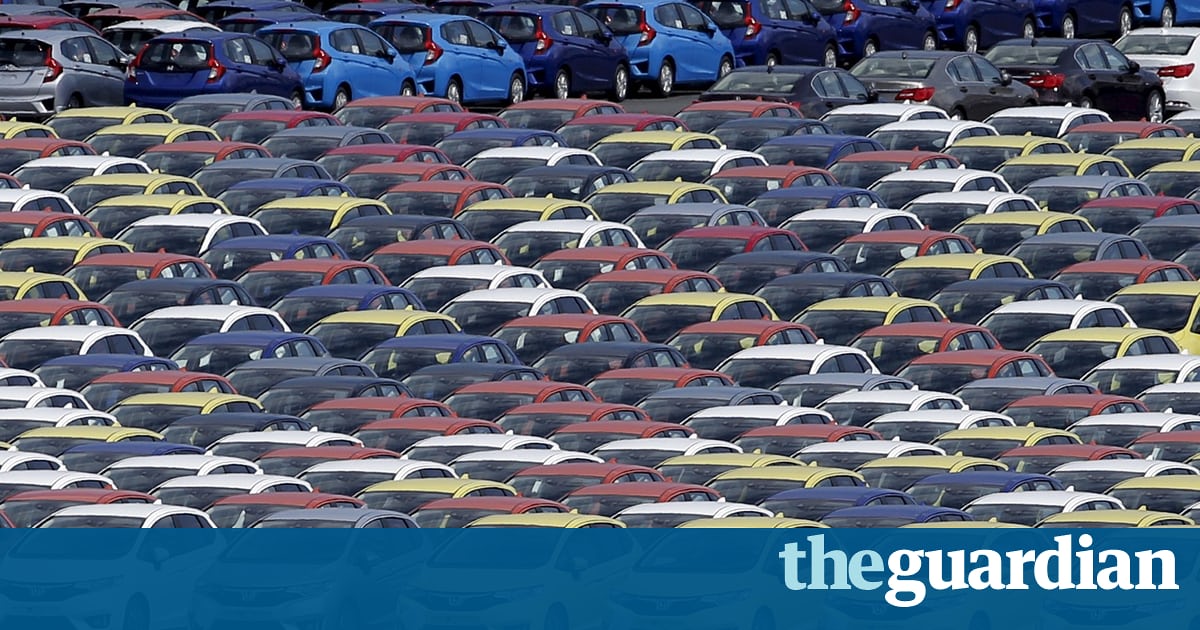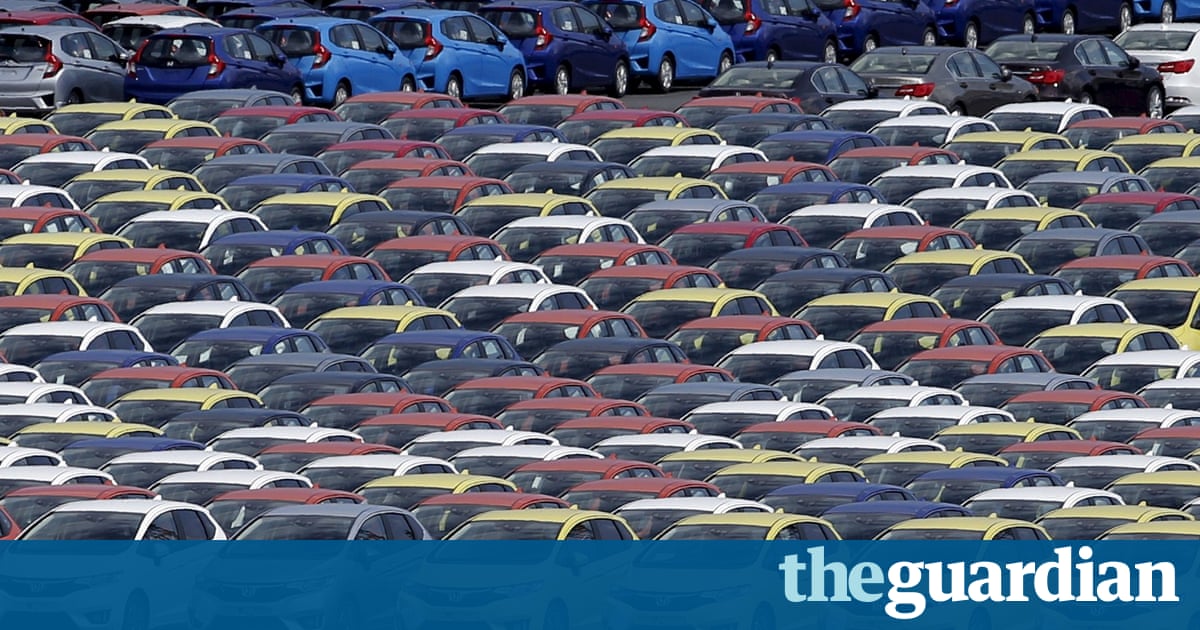Japan and EU expected to sign trade deal on Thursday

Shinzo Abe to meet Donald Tusk and Jean-Claude Juncker in Brussels but UK exporters likely to see no gain due to Brexit.

The European Union and Japan are on course to sign a trade deal on Thursday, after talks gained impetus in the wake of Donald Trump’s threat to put up barriers to international commerce.
Cecilia Malmstrm, the European trade commissioner, announced she had reached a political agreement with the Japanese foreign minister, Fumio Kishida: “We ironed out the few remaining differences in the EU-Japan trade negotiations, she tweeted. We now recommend to leaders to confirm this at summit.”
Japanese prime minister Shinz Abe will meet Donald Tusk and Jean-Claude Juncker, presidents of the European council and commission respectively, for a one- day summit in Brussels, before the G20 gathering in Hamburg.
[AdSense-A]
The timing is no coincidence, as Germany plans to make free trade one of the summit priorities.
In a sign of high hopes, Malmstrm and Kishida exchanged Daruma dolls, armless, headless round figures associated with persistence and luck. A part of Zen Buddhist culture, people typically paint one eye when they make a wish and the second when the goal has been reached. Malmstrm and Kishida posed for the cameras, as they coloured in the second eyes on two dolls emblazoned with the EU and Japanese flags.
But officials might be looking for divine intervention to overcome the final hurdles.
Despite a likely agreement on Thursday, the sensitive subject of a court system to settle investor disputes remains open. Japan has not accepted the EUs preferred alternative to the investor-state dispute settlement (ISDS), a system for resolving trade disputes that has been criticised by unions and activists for giving too much power to corporations. Under pressure from NGOs, the EU proposed a new kind of trade court, where judges would be appointed by governments rather than disputing parties. But Tokyo has not come round to this idea.
EU sources declined to speculate on how quickly the deal could come into force, but fine-tuning and translating the legal text, as well as getting it agreed by all EU member states could take many months.
It took the EU and Canada three years to sign a final text, following the agreement in principle in October 2013, which parallels the latest EU-Japan milestone. The Canada deal almost collapsed when a Belgian region threatened to veto the treaty. Now mostly in force, the EU-Canada deal still needs to clear the final hurdle of ratification by at least 38 national and regional assemblies.
The timetable means it is likely the UK will have left the EU by the time the Japan treaty comes into force.
When negotiations began with Tokyo in 2013, Britain was one of the biggest cheerleaders. The then UK trade minister described talks as an important step towards liberalising trade between two of the worlds largest economies.
Following the Brexit vote, Theresa May has vowed to leave the customs union, meaning British exporters are unlikely to see any benefits from the EU deal.
The deal means Japan will drop tariffs on many valuable European imports, including chocolate, pasta and some types of cheese.
In return for liberalisation of Japans highly protected dairy market, Europe has compromised by agreeing to lower tariffs on Japanese imported cars, although new rules will be phased in to help European carmakers deal with the change.
Services and an array of technical standards are also covered by the treaty, which negotiators say goes far further than old-style tariff-cutting agreements.